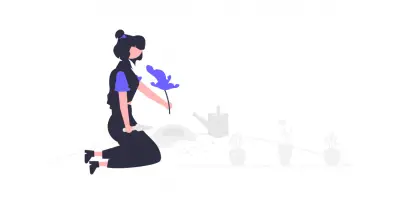
Agricultural Science Questions and Answers
A comprehensive list of Agricultural science questions with answers to help you prepare for JAMB, WAEC, NECO, Post UTME exams.

A comprehensive list of Agricultural science questions with answers to help you prepare for JAMB, WAEC, NECO, Post UTME exams.
What is the primary focus of agronomy in agriculture?
Management of soil and crops
Breeding and genetics of crops
Study of climate and weather patterns
Marketing and selling of agricultural products
Correct answer is A
The primary focus of agronomy in agriculture is the management of soil and crops. Agronomy is a branch of agricultural science that deals with the principles and practices of soil and crop management.
Mutation
Cloning
Genetic engineering
Hybridization
Correct answer is C
Genetic engineering is the term used to describe the deliberate modification of an organism's genetic material using biotechnology techniques. It involves the manipulation of an organism's DNA to introduce or alter specific traits. Genetic engineering techniques include gene insertion, deletion, or modification to achieve desired characteristics in plants, animals, or microorganisms.
Poultry
Aquatic animals
Companion animals
Livestock animals
Correct answer is B
Farm animals can be classified into three main categories based on their primary purpose: livestock animals, poultry, and companion animals. Livestock animals include cattle, sheep, goats, pigs, and other large mammals primarily raised for meat, milk, or fiber production. Poultry refers to birds such as chickens, turkeys, ducks, and geese, which are raised for meat and egg production. Companion animals encompass animals such as horses, dogs, and cats that are primarily kept for companionship, recreation, or other non-agricultural purposes.
What is the primary goal of genetic engineering in agriculture?
Creating genetically modified organisms (GMOs) with desirable traits
Preserving traditional farming practices and crop varieties
Eliminating the use of pesticides and fertilizers in farming
Enhancing crop yields through traditional breeding methods
Correct answer is A
The primary goal of genetic engineering in agriculture is to create genetically modified organisms (GMOs) with desirable traits. Genetic engineering involves manipulating the genetic material of organisms, such as plants, to introduce specific genes from other organisms.
What does the concept of demand and supply refer to in agriculture?
The government's role in regulating agricultural prices
The distribution of agricultural resources among different regions
The quantity of agricultural products produced and consumed
The interaction between buyers and sellers in agricultural markets
Correct answer is D
The concept of demand and supply in agriculture refers to the interaction between buyers and sellers in agricultural markets. It is based on the principle that the quantity of agricultural products demanded by consumers and the quantity supplied by producers determine the equilibrium price and quantity in the market.